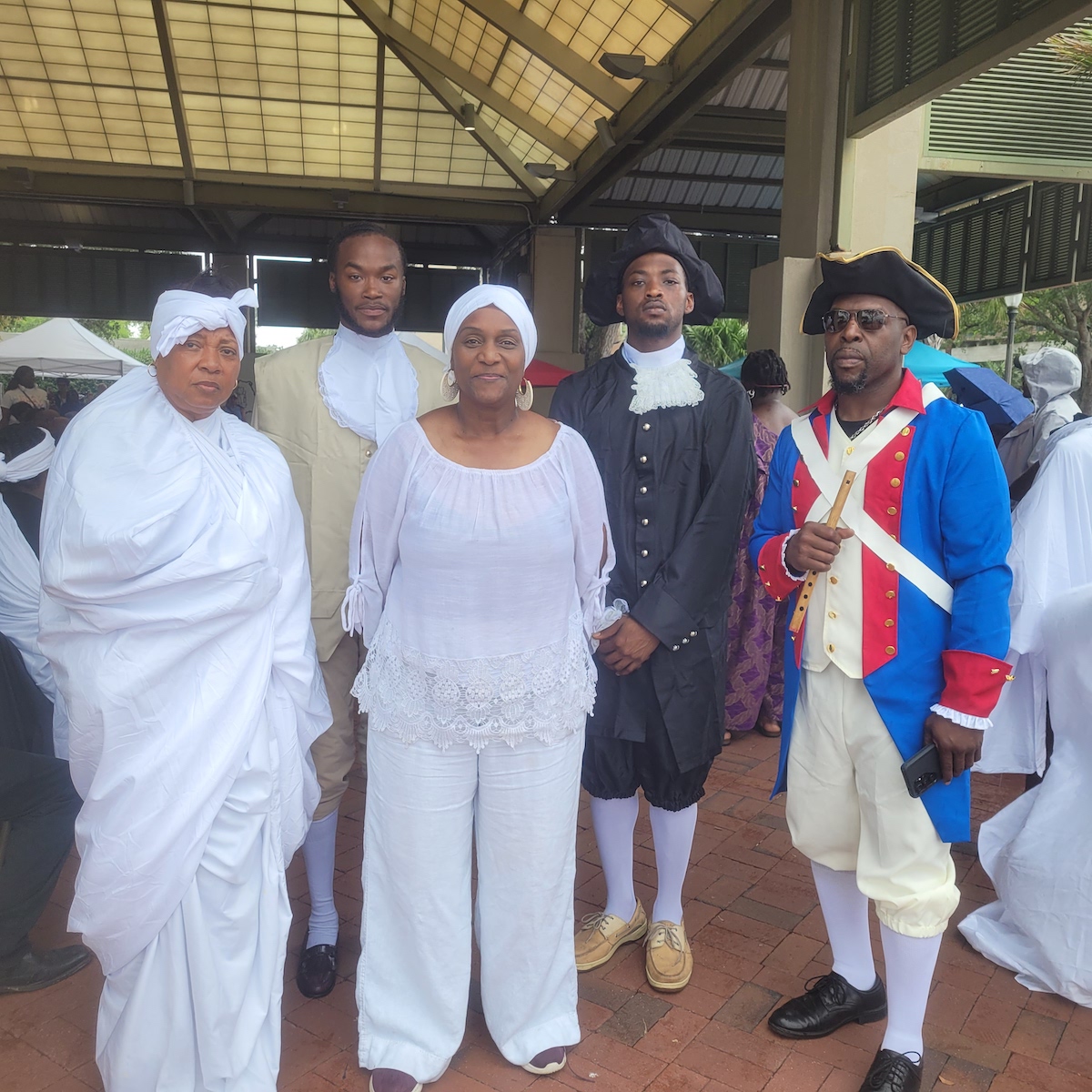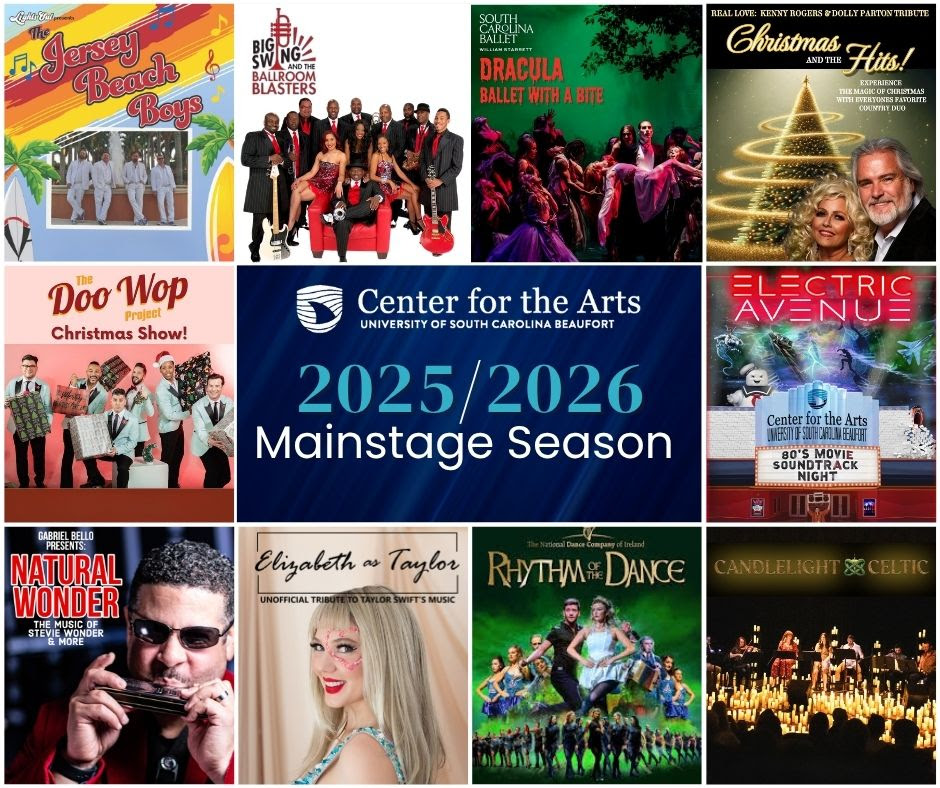By Alan Schuster
To really appreciate the musical genius of Mozart as a composer, consider this: When his librettist Lorenzo Da Ponte recalled working with him on “Figaro” in a letter to a friend, he wrote: “I set to work, and as fast as I wrote the words, Mozart set them to music. In six weeks, everything was in order.”
Mozart’s opera “Marriage of Figaro” will be broadcast live from The MET to USCB Center for the Arts on Saturday, Oct. 18 at 12:55 p.m.
Cast: The Count and Countess Almaviva; Figaro, a servant; Susanna, a maid; Cherubino, a page; Dr Bartolo; Marcellina, a former housekeeper; Don Basilio, a music teacher.
Act I: Figaro and Susanna are to marry later in the day but first he must deal with the Count after she tells him that he has been flirting with her. Dr Bartolo and Marcellina enter, determined to hold Figaro to his agreement to marry her if he cannot repay a loan she gave him. Cherubino tells Susanna of his infatuation with the Countess, after which the Count arrives and he hides as the Count flirts with her. When Don Basilio enters, the Count hides too, overhearing gossip about Cherubino’s crush on his wife. The Count emerges, realizing that his page has overheard his flirtations, and promptly dismisses him to become an officer in his army.
Highlights: Figaro: “If you want to dance…”, declaring war against the Count. Cherubino: “Oh, what feelings…”, a popular highlight of the opera as he sings about his adolescent love for all women. Figaro: “Play no more…”, a high-spirited tune in which he taunts Cherubino about his upcoming military duties. Even the orchestra adds some taunting.
Act II: The Countess laments her husband’s neglect. Susanna arrives, then Figaro with plans to trap the Count. Susanna will agree to meet him, but Cherubino, disguised as Susanna, will go instead. While Cherubino is being dressed, the Count approaches so Cherubino hides in the closet. When the Count hears a noise, the Countess tells him that Susanna is trying on her wedding dress. Suspicious that the door is locked, he leaves with the Countess to find tools to open it. Susanna now changes places with Cherubino, who then escapes through a window. The Count returns, finds Susanna in the closet, and apologizes to the Countess. The gardener enters, reporting that somebody jumped out of a window, thus increasing the Count’s suspicions.
Highlights: Countess: “Love, bring relief…”, is a beautiful cavatina with long melodic lines. Another fine piece follows, this time it’s Cherubino’s “Tell me, ladies”, one of opera’s most well-known songs. Actually it’s a song he composed about his favorite subject, love in vain. The act ends with 20 minutes of helter-skelter action and music, an amazing invention, with all nine principals involved — and confused. This is often considered to be Mozart’s finest comedic ensemble scene.
Act III: In a large salon, Susanna sees the Count and promises to meet with him. A notary enters with Marcellina, Bartolo and Figaro and demands that Figaro must marry her. Figaro claims he can’t marry her without his parents permission. Hearing his account of his childhood abduction, Marcellina and Bartolo now realize that Figaro is their son. Alone, the Countess recalls her early years with the Count. Susanna arrives and the Countess dictates a letter for the Count, confirming their meeting. In the final scene, villagers arrive, marching and dancing to celebrate the marriage of Figaro and Susanna.
Highlights: “Beloved son, know your mother…”, a.k.a. the Mia Madre sextet, centering around Figaro’s disclosure, with all six expressing separate thoughts together. [Mozart’s favorite!]. Countess: “Where are the moments…”, a beautiful aria recalling her early love for the Count. Susanna and the Countess: “O sweet zephyr”, a serenely clever duet with Susanna and the Countess composing the letter together.
Act IV: Figaro is furious, thinking that Susanna is to have a secret meeting with the Count although the Countess will meet him instead, dressed in Susanna’s clothing. This leads to a big final scene in which Figaro recognizes Susanna as the Countess. When he acts as if he believes that Susanna is the Countess, the Count thinks that he is his wife’s lover. But when the disguises are revealed, so too are the plots, leading to a happy ending for one and all.
Highlights: The brief final act is mostly a marvelous stretch of music and comedic drama in which the entire cast — unsupported by a chorus — tries to make sense of all the mistaken identities which have been revealed. While it may not match the magnificent second act finale, it comes awfully close, and makes for a joyous conclusion to what is undoubtedly the opera world’s greatest comedic work of art.
The Met’s Musical Director James Levine conducts with Ildar Abdrazakov as Figaro; Marlis Petersen as Susanna; Peter Mattei, the Count; Amanda Majeski, the Countess; and Isabel Leonard as Cherubino.
Next performance will be Bizet’s popular “Carmen” on Saturday, Nov. 1.
All seats are general admission. Adults, $20; OLLI members, $18; Students, $10. Or order online at www.uscbcenterforthearts.com. USCB Center for the Arts is located at 801 Carteret St., Beaufort. Box office opens at noon. Call 843-521-4145.






